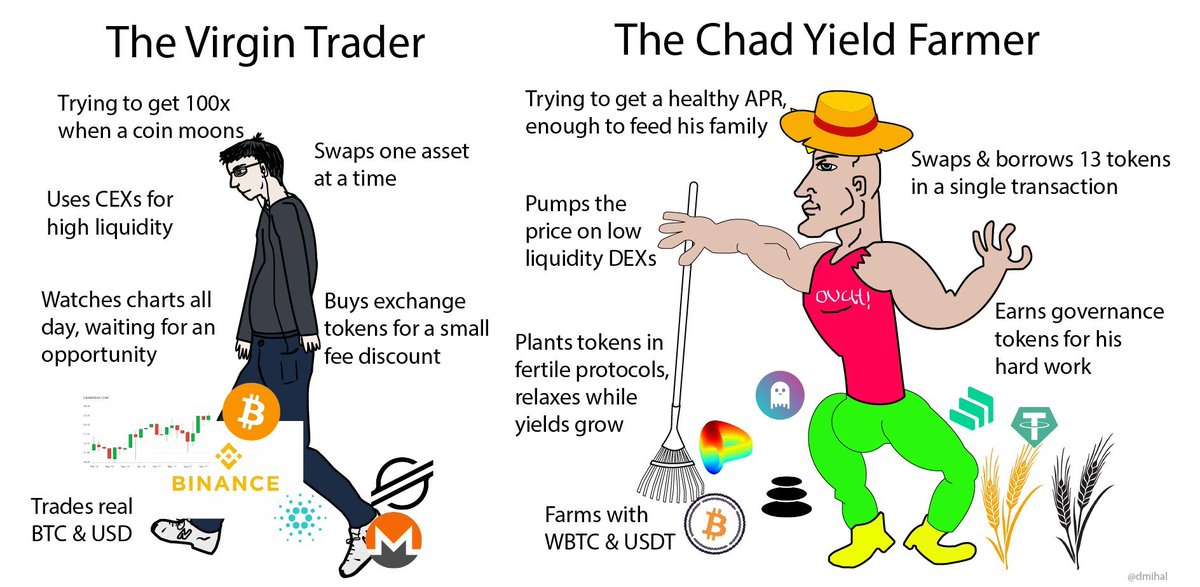
@ConstanteMx Hey ser, unfortunately I haven't found any good generalist resources.
The best way is just to read up on how different token econ models work and think through their tradeoffs. A @Delphi_Digital sub is very helpful here 😉
The best way is just to read up on how different token econ models work and think through their tradeoffs. A @Delphi_Digital sub is very helpful here 😉
@ConstanteMx @Delphi_Digital Some"landmark" token models I'd suggest digging into:
@THORChain GOAT token model in terms of pure elegance with built-in security + incentive pendulum
@graphprotocol one of the most creative/interesting token models, creating incentives for curation via bonding curves
@THORChain GOAT token model in terms of pure elegance with built-in security + incentive pendulum
@graphprotocol one of the most creative/interesting token models, creating incentives for curation via bonding curves
@ConstanteMx @Delphi_Digital @THORChain @graphprotocol @synthetix_io how locked staking incentives created the OG DeFi community. Also worth understanding pooled debt model tradeoffs
@CurveFinance beautiful virtuous circle encouraging supply-siders to become tokenholders and vice versa
@CurveFinance beautiful virtuous circle encouraging supply-siders to become tokenholders and vice versa
@ConstanteMx @Delphi_Digital @THORChain @graphprotocol @synthetix_io @CurveFinance @NexusMutual another creative use of a bonding curve to bootstrap an insurance pool
@MakerDAO the OG DeFi token model. Not a fan of token burns but still worth understanding since its insurance mint design was the inspiration for Aave among others
@MakerDAO the OG DeFi token model. Not a fan of token burns but still worth understanding since its insurance mint design was the inspiration for Aave among others
@ConstanteMx @Delphi_Digital @THORChain @graphprotocol @synthetix_io @CurveFinance @NexusMutual @MakerDAO @SushiSwap the first and still the most successful vampire attack. Showed how to use targeted incentives to attract pull TVL from competitors
@AaveAave encouraging good decisions by governors via insurance fund skin in the game (i.e. $stkAave)
@AaveAave encouraging good decisions by governors via insurance fund skin in the game (i.e. $stkAave)
• • •
Missing some Tweet in this thread? You can try to
force a refresh







